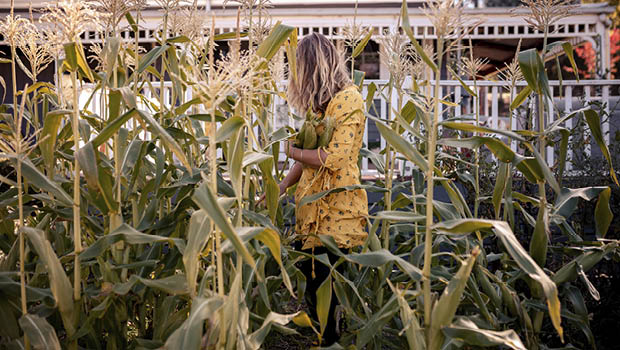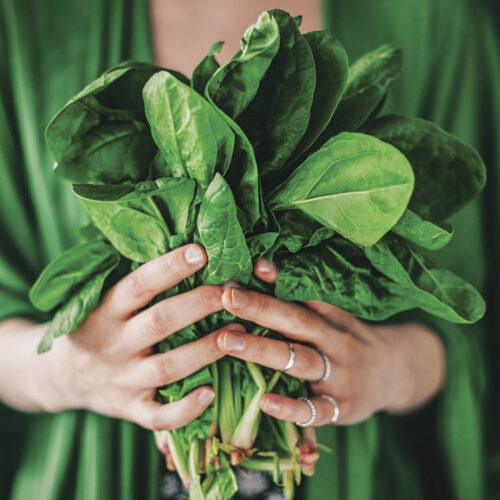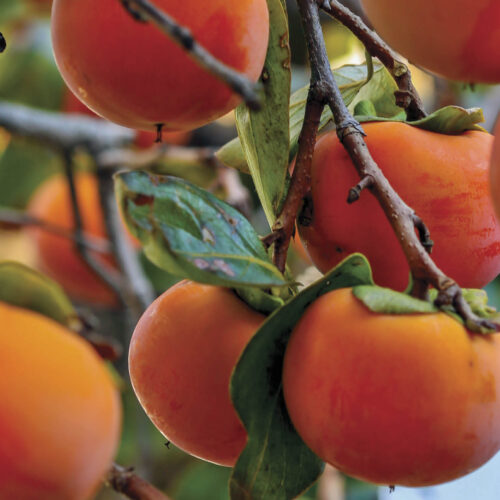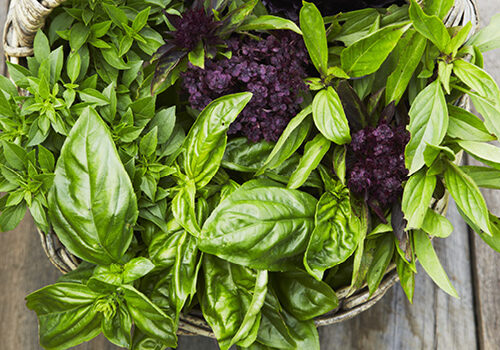How to grow sweet corn
2020-09-24T01:31:26+10:00
The crunchy flavour and versatility of sweet corn (and the fact it's easy to grow) make it a must-have in backyard vegie patches.
Going sweet
Corn grows in different forms, and the form widely used around the world to feed stock and go into processed food is called maize or field corn – classed as a cereal grain. The corn we are most familiar with in our gardens is the one known for its high-sugar content, which is grown and eaten for its sweet kernels, although some maize corn can be eaten young for its sweetness, too. In this article I am mainly looking at sweet corn.
Originally, corn was loose-podded and the kernels were small and covered by a hull. This field corn was mostly cooked into breads, cakes and meal. Sweet corn is the result of a naturally occurring recessive gene mutation (which controls the conversion of sugar to starch) believed to have originated in the 1700s. It is picked at an immature or ‘milky’ stage and eaten or cooked fresh.
Although there has been a great loss of varieties over the centuries, fortunately, some of the heirloom sweet and popping corns have been meticulously bred and shared by grass roots community groups.
In recent years, an increasing number of small seed companies in Australia and abroad have joined this endeavour, making a bigger variety of heirloom seed available. In Australia, Greenpatch Organic Seeds have been running their Corn/Maize Project since 2013 to maintain and expand the range of corn varieties.
One of those varieties, which we’ve had success with at our farm, is ‘Country Gentleman’, perhaps the most enduring open-pollinated sweet corn cultivar still available. It was introduced in the US around 1890 by Frank Woodruff & Sons and has tightly packed, but uneven rows of sweet, white kernels. To this day, it is said to hold its sweetness at eating stage longer than most other heirloom varieties.
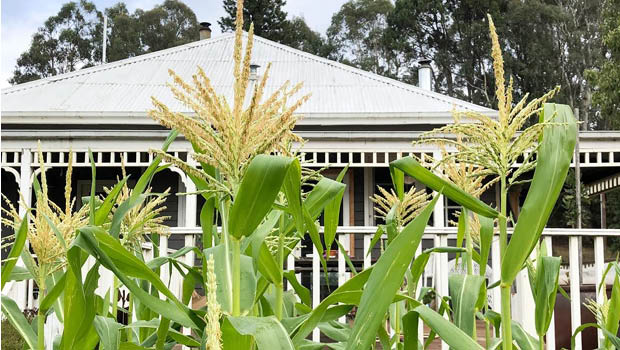
For more gardening tips and ideas get the latest issue of ABC Organic Gardener Magazine here.

